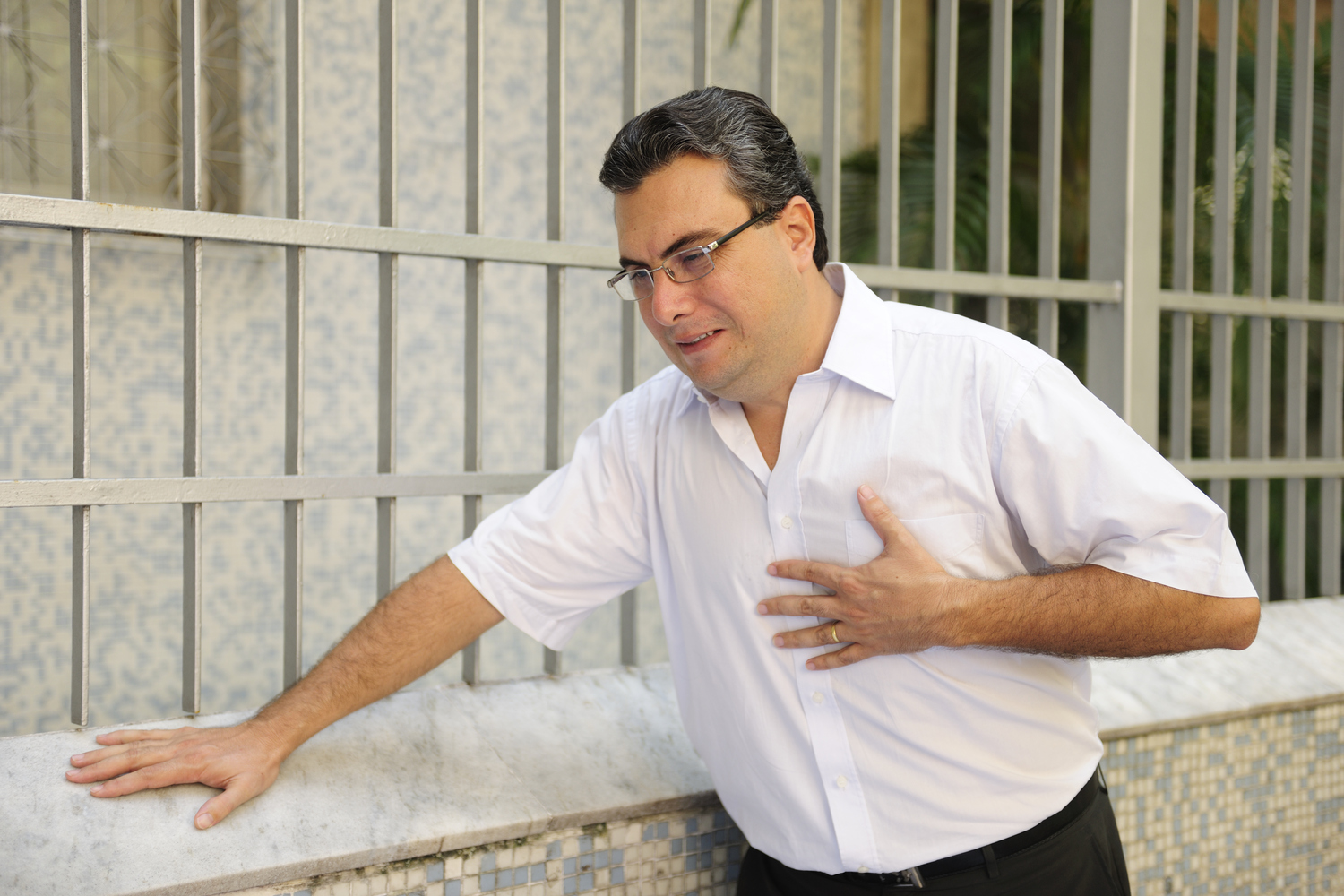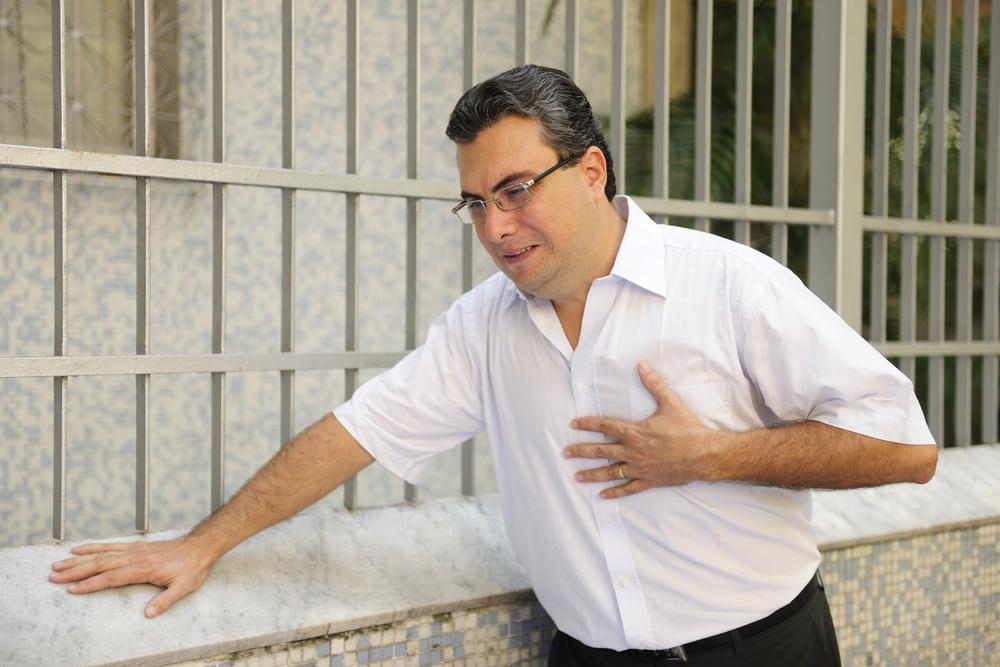Comprehensive Guide to Understanding Stroke Risks, Symptoms, and Prevention Strategies
This comprehensive article explores stroke causes, symptoms, risk factors, and prevention strategies. It highlights the importance of early diagnosis, lifestyle modifications, and timely medical intervention to reduce mortality and improve recovery. With detailed insights into different types of strokes and their treatments, readers gain a thorough understanding of how to recognize warning signs and adopt preventive measures for better health.

Comprehensive Guide to Understanding Stroke Risks, Symptoms, and Prevention Strategies
Strokes are increasingly recognized as one of the most serious health conditions impacting populations worldwide. They remain a leading cause of death, responsible for approximately 800,000 fatalities each year globally. As medical research continues to uncover more about this complex condition, understanding the underlying causes, risk factors, symptoms, and prevention methods becomes essential for individuals and healthcare providers alike. This comprehensive guide aims to provide in-depth insights into stroke, helping to promote awareness and proactive health management.
What Is a Stroke? An Overview
A stroke occurs when the blood supply to a part of the brain is interrupted or reduced, preventing oxygen and essential nutrients from reaching brain tissue. Brain cells begin to die within minutes of oxygen deprivation, resulting in potential long-term neurological damage or death if not treated promptly. Strokes can be classified into three main types: ischemic stroke, hemorrhagic stroke, and transient ischemic attack (TIA). Each type has distinct causes, symptoms, and treatment approaches, which underscores the importance of early diagnosis and specialized medical intervention.
Types of Stroke and Their Impact
Ischemic strokes account for approximately 87% of all strokes and occur when blood clots block arteries supplying blood to the brain. These clots often form due to atherosclerosis—a buildup of fatty deposits in the arteries. Hemorrhagic strokes, on the other hand, result from ruptured blood vessels within the brain, leading to bleeding and increased pressure. Transient ischemic attacks (TIAs), often called mini-strokes, are temporary blockages that resolve without causing permanent damage but serve as critical warning signs of potential future strokes.
Key Signs and Symptoms to Watch For
Recognizing stroke symptoms early can significantly improve outcomes. Common signs include sudden weakness or numbness on one side of the body, sudden confusion or trouble speaking, sudden vision problems, severe headaches, dizziness, or loss of balance. Immediate medical attention is crucial, as timely treatment can limit brain damage and improve recovery chances. The FAST acronym—Face drooping, Arm weakness, Speech difficulties, Time to call emergency services—is widely promoted as a simple way for laypersons to identify possible strokes.
Risk Factors Contributing to Stroke Development
Understanding risk factors is vital for stroke prevention. Certain lifestyle choices and health conditions increase susceptibility. These include high blood pressure, diabetes, high cholesterol levels, obesity, smoking, excessive alcohol consumption, and physical inactivity. Specific demographic factors also influence risk; for instance, individuals of African or Caucasian descent tend to have higher predispositions. A family history of stroke or cardiovascular diseases further elevates risk. Managing these factors through lifestyle modifications and medical treatment can significantly reduce the probability of experiencing a stroke.
Prevention Strategies for Reducing Stroke Incidence
Prevention is fundamental in stroke health management. A heart-healthy lifestyle comprises a balanced diet rich in fruits, vegetables, whole grains, lean proteins, and healthy fats. Regular physical activity, maintaining a healthy weight, and avoiding tobacco use are critical steps. Controlling blood pressure, managing blood sugar levels, and adhering to prescribed medications for conditions like hypertension and diabetes are essential preventive measures. Additionally, moderating alcohol intake and minimizing stress through mindfulness or other relaxation techniques contribute to overall cardiovascular health.
Medical Interventions and Treatment Options
When a stroke occurs, rapid medical intervention is paramount. For ischemic strokes, treatments include thrombolytic therapy to dissolve clots, mechanical thrombectomy to physically remove blockages, or medications to prevent further clot formation. Hemorrhagic strokes may require surgical procedures to repair damaged blood vessels or relieve pressure caused by bleeding. Post-acute care involves rehabilitation therapies—physical, occupational, and speech therapy—to maximize recovery. Advances in stroke care continue to improve outcomes, but early recognition and treatment remain the cornerstone of effective management.
Prognosis and Long-Term Outcomes
Recovery from stroke varies based on the stroke's severity, location, and promptness of treatment. While some patients regain most of their functions, others may experience lasting deficits, including paralysis, speech difficulties, or cognitive impairments. Rehabilitation plays a crucial role in improving quality of life and independence. Ongoing research aims to find better therapeutic strategies and neuroprotective agents to enhance recovery and reduce disability. Prevention, however, remains the most effective approach to lowering stroke incidence globally.





